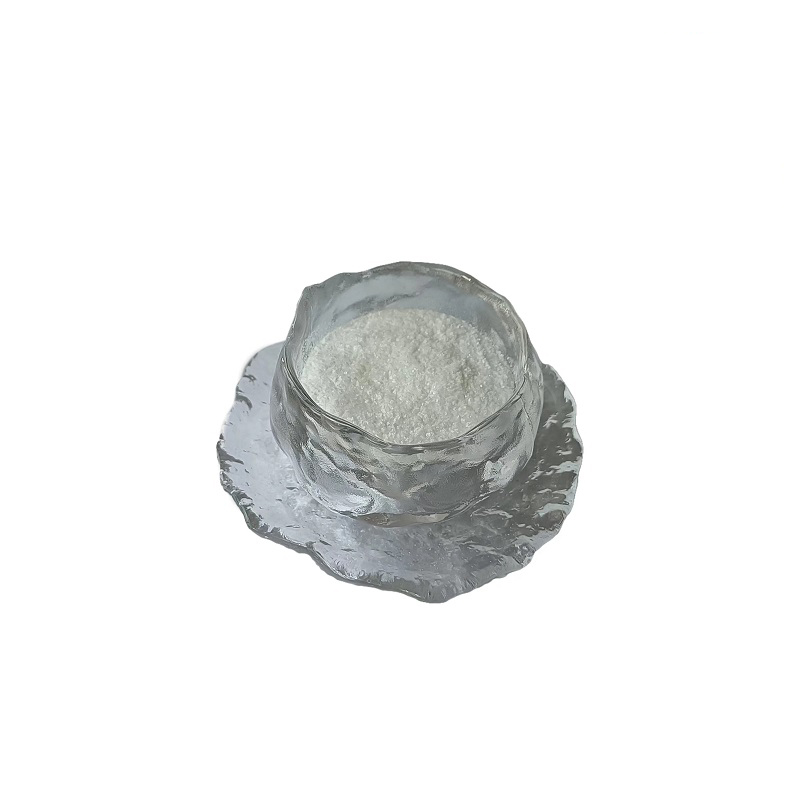Ethyl Ascorbic Acid
Etl Ascorbic Acid,3-O-Etl Ascorbic Acid, a form of etlated vitamin C,is an excellent skin whitening agent,it inhibits the activity of Tyrosinase by acting on Cu2+ and it prevents the synthesis of melanin.It is an etherfied derivative of ascorbic acid,one of the most stable derivates of ascorbic acid.It’s also showing a very good stability in all kinds of cosmetic formulations.
Etl Ascorbic Acid penetrates into skin where it is metabolized to ascorbic acid.Due to this process its efficacy isore pronounced than the one of pure ascorbic acid.Non irritating to skin and eyes.
Key Technical Parameters:
| Appearance | White or almost white crystal powder |
| Solubility | Easily dissolve in water |
| Content | 98.5% min. |
| pH Value | 3.5~5.5 |
| Melting Point | 110.0~115.0℃ |
| Drying Loss | 1.0%max. |
| Free VC | 10 ppm max. |
| Residue Ignition | 0.1%max. |
| Heavy Metals | 20 ppm max. |
Functions:
Vitamin C
Nowdays Various vitamin C derivatives are used in cosmetics for external use . Pure vitamin C, ascorbic acid or also called L-ascorbic acid (ascorbic acid) has the most direct effect.In contrast to the other variants, it does not first have to be converted into the active form. Studies show that vitamin C supports collagen synthesis and fights free radicals. It is also effective against acne and age spots by inhibiting tyrosinase. However, ascorbic acid cannot be processed into a cream because the active ingredient is too susceptible to oxidation and decomposes quickly. Therefore, preparation as a lyophilisate or administration as a powder is expedient.
In the case of a serum containing ascorbic acid, the formulation should have a strictly acidic pH value to ensure the best possible penetration into the skin. The administration should be an airtight dispenser. Vitamin C derivatives that are less skin-active or more tolerable and that remain stable even in cream bases are particularly suitable for sensitive skin or the thin eye area.
It’s well known that a high concentration of an active ingredient does not mean a better care effect. Only the careful selection and the formulation adapted to the active ingredient ensure optimal bioavailability, good skin tolerance, high stability, and the best possible product performance.
Vitamin C Derivatives
|
Name |
Short Description |
|
Ascorbyl Palmitate |
Fat Soluble Vitamin C |
|
Ascorbyl Tetraisopalmitate |
Fat Soluble Vitamin C |
|
Etl Ascorbic Acid |
Water Soluble Vitamin C |
|
Ascorbic Glucoside |
Connection between ascorbic acid and glucose |
|
Magnesium Ascorbyl Phosphate |
Salty ester form Vitamin C |
|
Sodium Ascorbyl Phosphate |
Salty ester form Vitamin C |
Professional technical engineer dedicated to guide you
According to your actual needs, choose the most reasonable overall design and planning procedures
